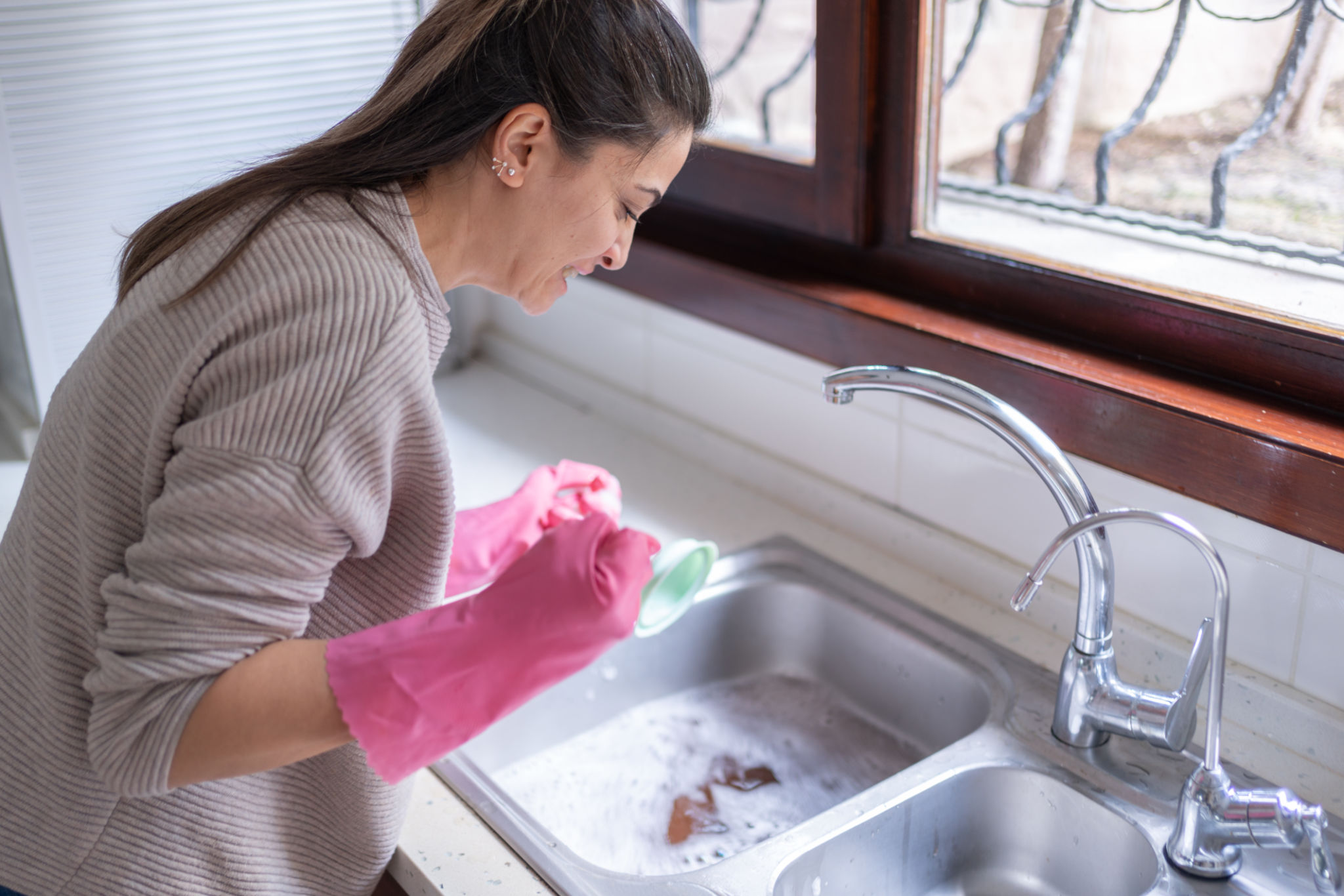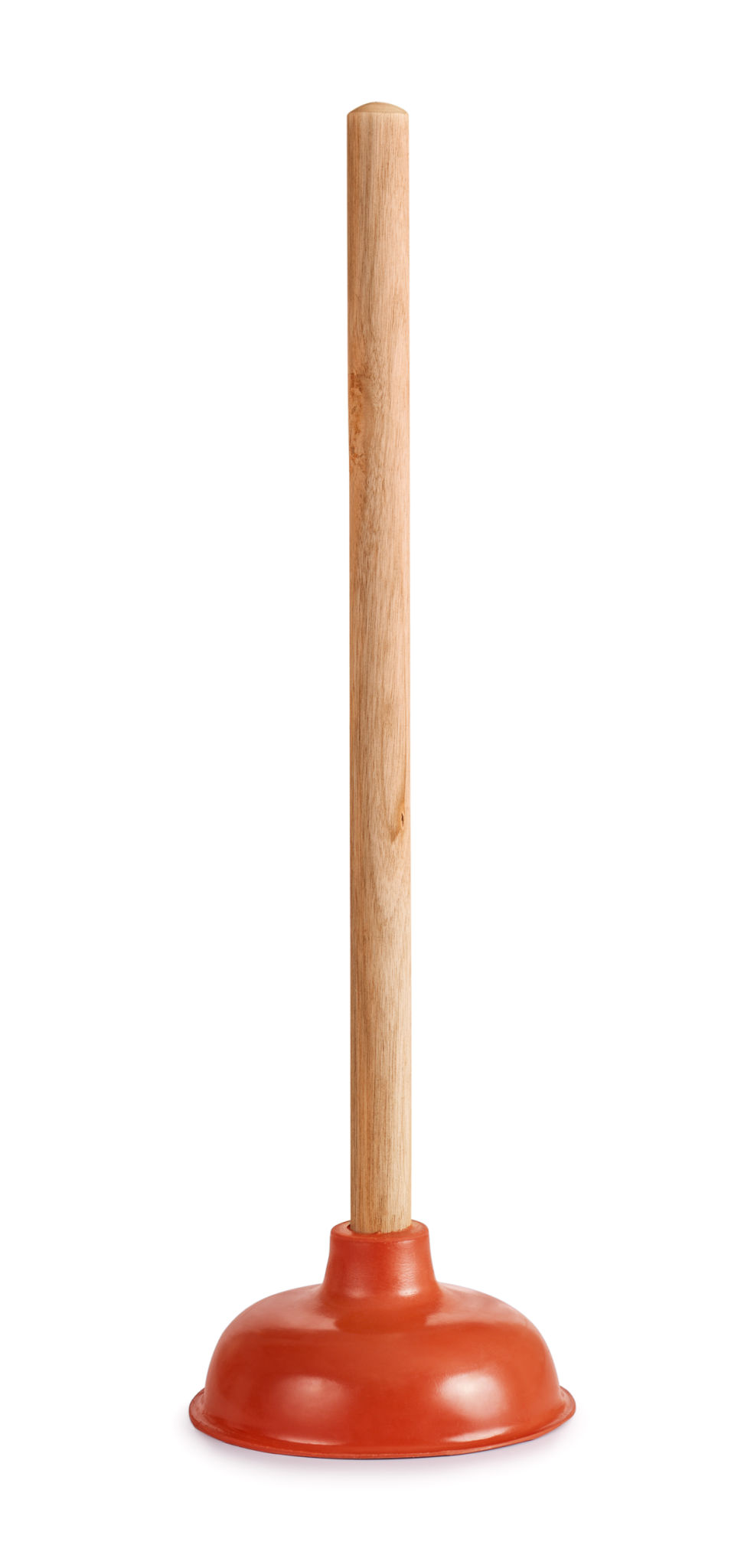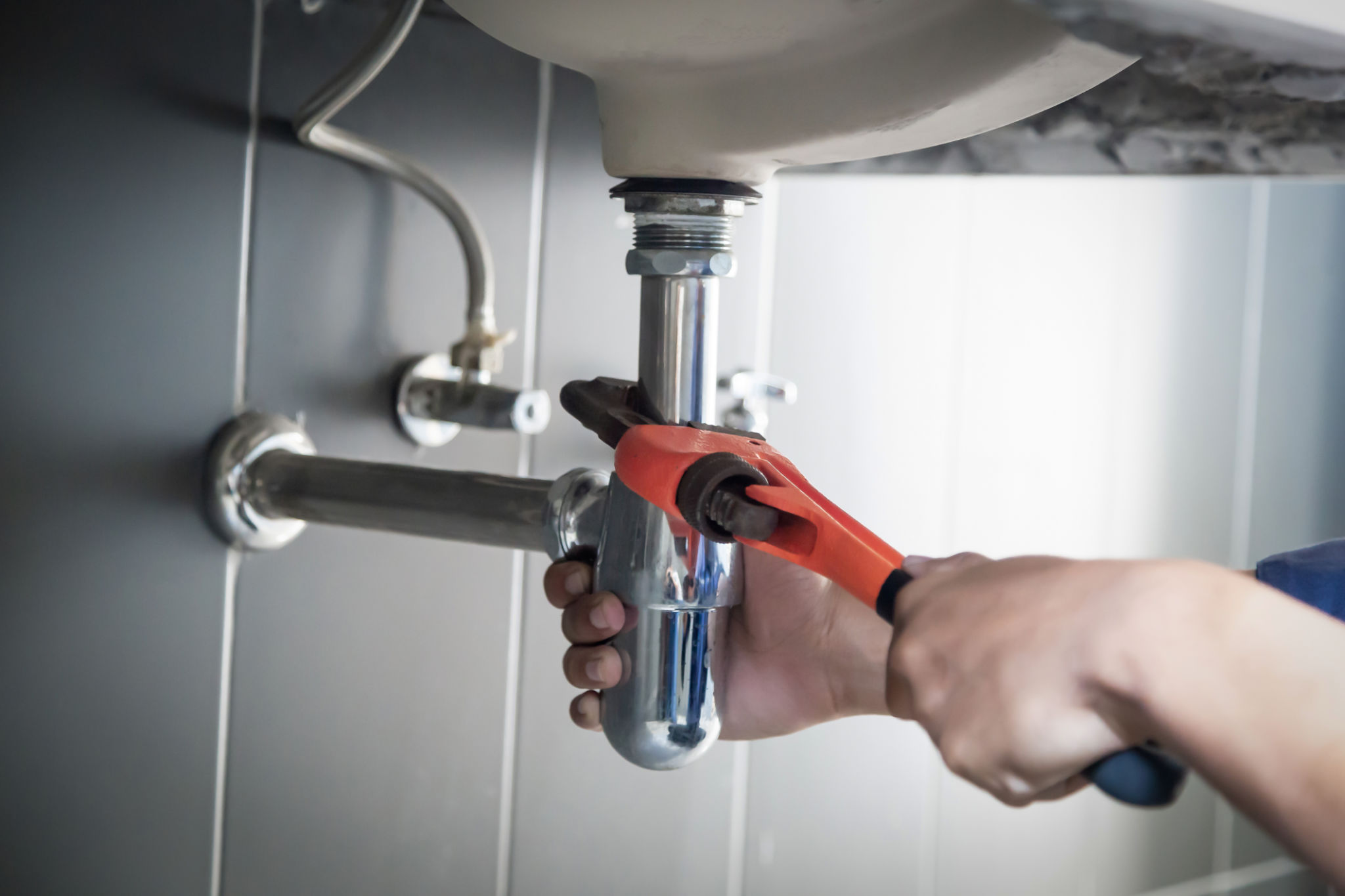How to Unclog Your Drain: A Step-by-Step DIY Guide
Understanding the Cause of a Clogged Drain
Before diving into the solutions, it's crucial to understand what typically causes a clogged drain. Common culprits include hair, soap scum, food particles, and grease. Over time, these substances build up and restrict water flow, leading to a blockage. Identifying the cause will help you choose the most effective method for unclogging your drain.

Gathering Your Supplies
To tackle a clogged drain, you'll need a few basic tools and materials. Here's a list of essentials:
- Plunger: A standard tool for dislodging clogs.
- Drain Snake: Useful for reaching deeper blockages.
- Baking Soda and Vinegar: Natural cleaning agents for breaking down residue.
- Bucket and Gloves: To catch water and protect your hands.
Using a Plunger Effectively
The plunger is often your first line of defense against a clogged drain. Here's how to use it effectively:
- Fill the sink or tub with enough water to cover the plunger's cup.
- Place the plunger over the drain, ensuring a tight seal.
- Push down and pull up vigorously for about 20 seconds.
- Check if the water starts to drain; repeat if necessary.

Tackling Stubborn Clogs with a Drain Snake
If the plunger doesn't do the trick, a drain snake might be necessary. This tool can reach further into the pipes to break up or remove blockages. Insert the snake into the drain, turning it clockwise as you go. Once you feel resistance, continue turning to latch onto or break up the clog. Slowly retract the snake and dispose of any debris you bring up.
Unclogging with Baking Soda and Vinegar
For those who prefer natural solutions, baking soda and vinegar can be quite effective. Start by pouring half a cup of baking soda down the drain, followed by half a cup of vinegar. Cover the drain with a plug or cloth to contain the reaction. After about 15 minutes, flush the drain with hot water to remove any remaining residue.

Preventing Future Clogs
Once your drain is flowing freely again, take steps to prevent future blockages. Regularly clean your drains with hot water, and avoid washing down grease or large food particles. Consider using drain strainers to catch hair and debris before they enter your pipes.
When to Call a Professional
Sometimes, despite your best efforts, a clog may persist. If you've tried all DIY methods without success, it might be time to call in a professional plumber. They have access to advanced tools and techniques that can handle even the most stubborn clogs effectively.

Conclusion
Unclogging a drain can often be handled with a few simple tools and techniques. By understanding the cause of the blockage and using appropriate methods like plunging, snaking, or natural cleaners, you can restore proper drainage without professional assistance. Remember to take preventive measures to maintain free-flowing drains in the future.
